Info
Subfamily: Pooideae
Genus etymology: Pentapogon = "five beard" [Greek] refering to the awns of the lemma on some species
Species etymology: micranthus = "small flower" [Latin] refering to the small flowers
Photosynthetic type: C3 (cool season)
Nativity: naturalized - accidental
First recorded in Hawaiʻi: 1938
Map
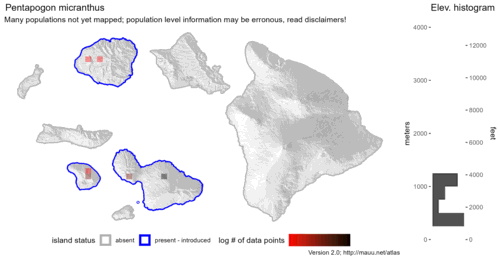
Inflorescence
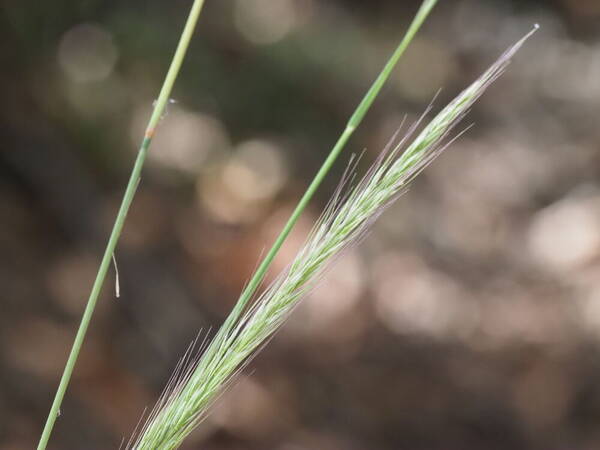
Spikelets
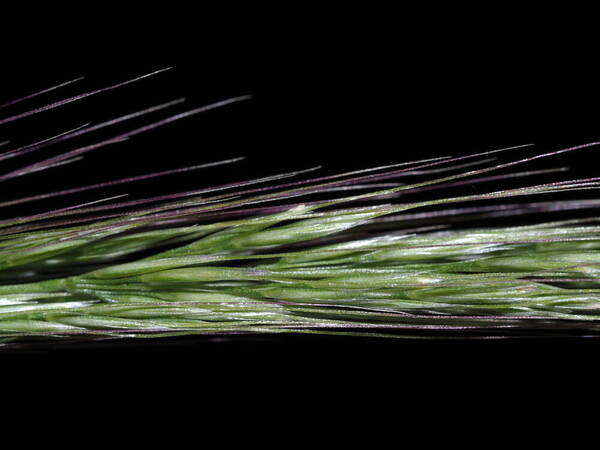
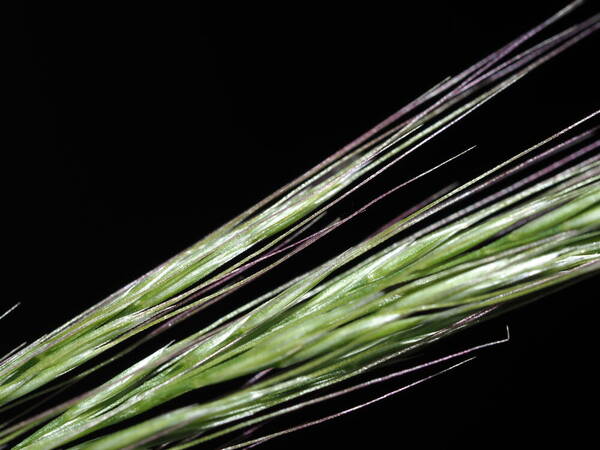
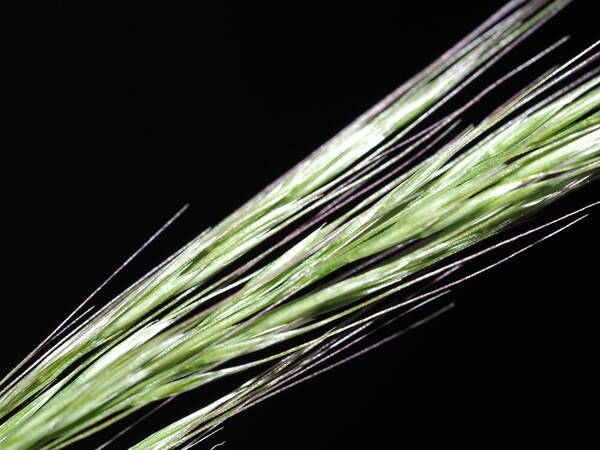


Description
Habit: Perennial; caespitose. Culms erect; 60-110 cm long; wiry. Culm-internodes smooth, or scaberulous; distally glabrous. Lateral branches lacking. Ligule an eciliate membrane; 0.3-1(-1.5) mm long. Leaf-blades 10-23 cm long; 2-5 mm wide. Inflorescences: Inflorescence a panicle. Peduncle 20-45 cm long. Panicle contracted; linear; continuous, or interrupted; 10-19 cm long; 2-3.5 cm wide. Spikelets solitary. Fertile spikelets pedicelled. Spikelets: Spikelets comprising 1 fertile florets; without rhachilla extension. Spikelets linear; laterally compressed; 3-5 mm long; breaking up at maturity; disarticulating below each fertile floret. Floret callus evident; 0.2-0.5 mm long; pubescent. Floret callus hairs 0.35-0.75 mm long. Fertile Spikelets: Spikelets comprising 1 fertile florets; without rhachilla extension. Spikelets linear; laterally compressed; 3-5 mm long; breaking up at maturity; disarticulating below each fertile floret. Floret callus evident; 0.2-0.5 mm long; pubescent. Floret callus hairs 0.35-0.75 mm long. Glumes: Glumes persistent; similar; reaching apex of florets; thinner than fertile lemma; gaping. Lower glume lanceolate; 3-5 mm long; 1 length of upper glume; membranous; 1-keeled; keeled above; 1 -veined. Lower glume primary vein scaberulous. Lower glume lateral veins absent. Lower glume apex acuminate. Upper glume lanceolate; 3-5 mm long; 1 length of adjacent fertile lemma; membranous; 1-keeled; keeled above; 1 -veined. Upper glume primary vein scaberulous. Upper glume lateral veins absent. Upper glume apex acuminate. Florets: Fertile lemma lanceolate; 2.75-4.5 mm long; cartilaginous; keeled; lightly keeled; 5 -veined. Lemma surface asperulous. Lemma margins involute. Lemma apex obtuse (easily splitting); awned; 1 -awned. Principal lemma awn dorsal; arising 0.75 way up back of lemma (0.5-1mm below apex); flexuous; 10-17 mm long overall; 3.5-5 length of lemma. Palea 0.25-3 mm long; 0.75 length of lemma; 2 -veined. Palea keels approximate. Flowers: Lodicules 2; 0.2-0.6 mm long; glabrous, or ciliate. Anthers 1, or 3; 1-1.75 mm long; pallid, or yellow, or purple. Fruits: Caryopsis with adherent pericarp; sulcate on hilar side; 2.25-4.45 mm long; apex rostrate. Hilum punctiform. Endosperm liquid. Distribution: Australasia: Australia and New Zealand. Pacific: south-central and north-central.
(Description source: Clayton, W.D., Vorontsova, M.S., Harman, K.T. and Williamson, H. (2006 onwards). GrassBase - The Online World Grass Flora. Available at https://powo.science.kew.org )